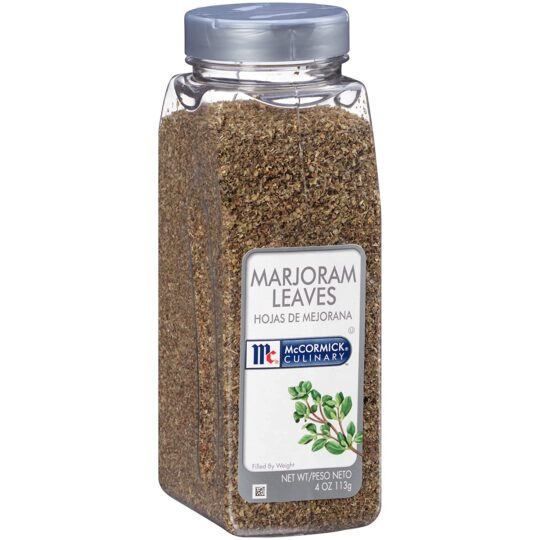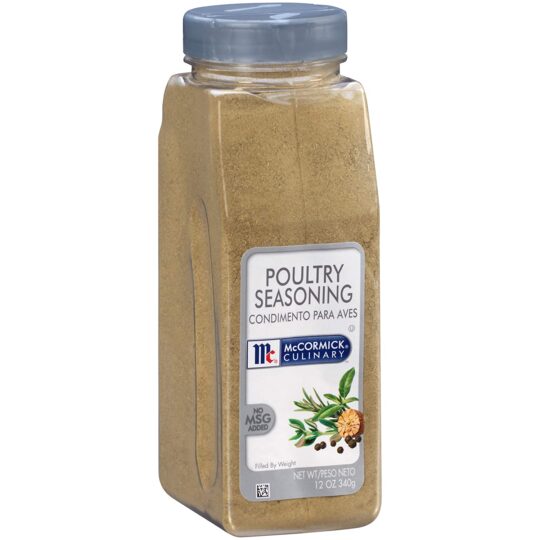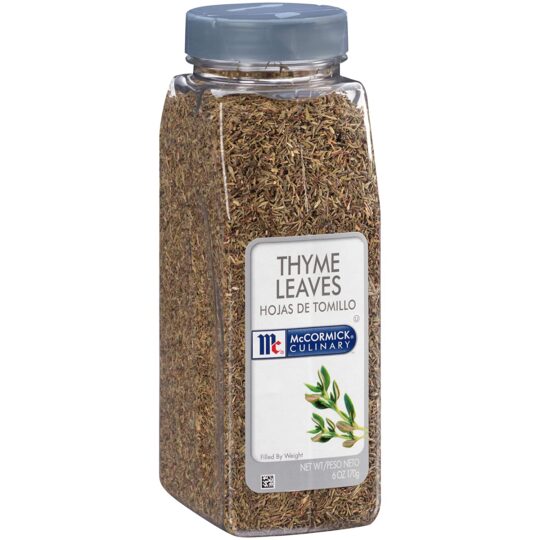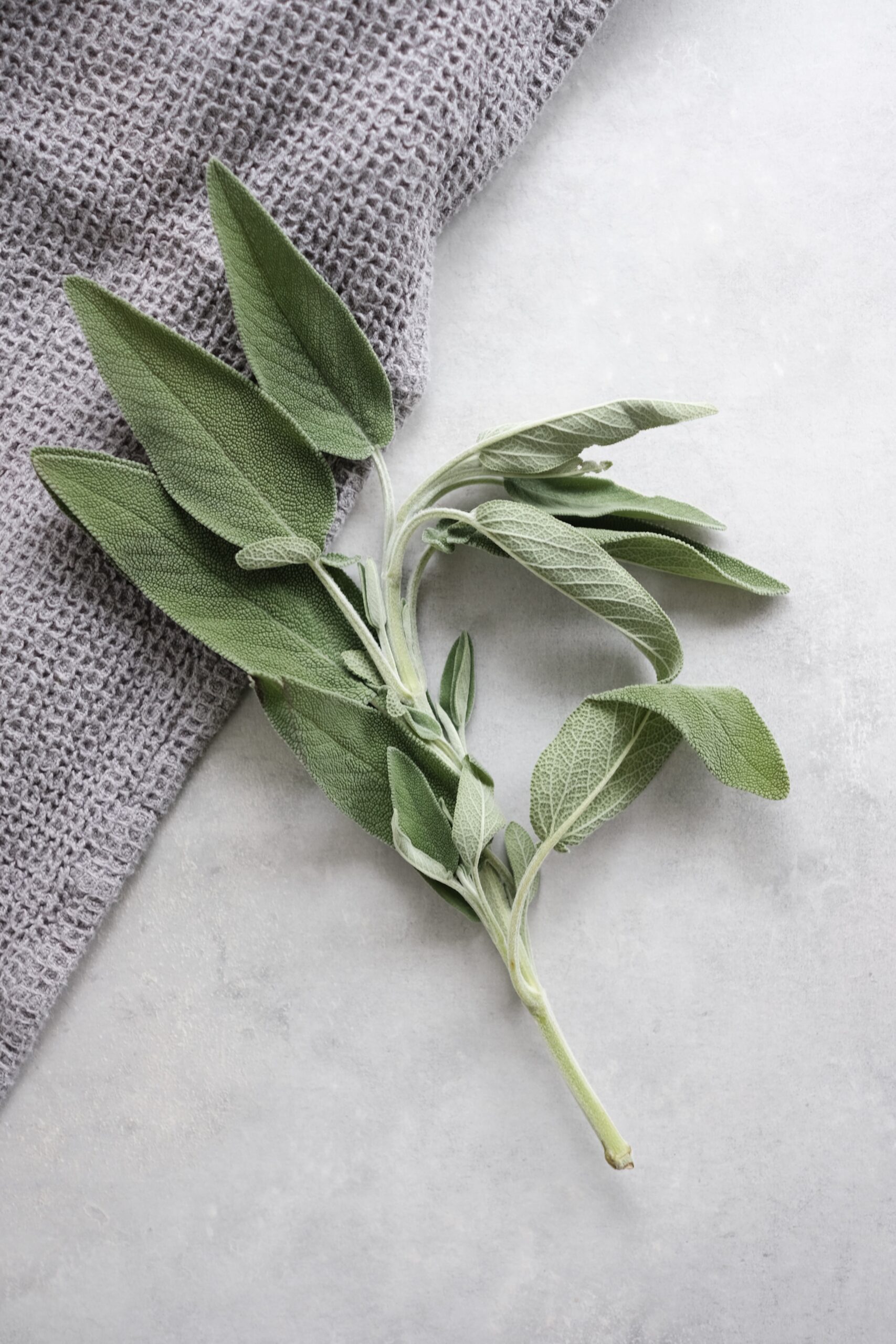Sage is a fragrant ingredient in rich Italian tomato sauces and creamy pasta dishes in Italy, while cooks in France use it in sausage stuffing and herb bouquets like bouquet garni with other aromatic herbs, including flat-leaf parsley, summer savory, bay leaf, and sweet basil.
Sage is also well recognized in the United States and Canada as a traditional Thanksgiving stuffing and turkey recipe.
Notably, brown butter is one of the best and most popular sage combinations, and it’s a great addition to decadent pasta meals or basic chicken and veggie dishes.
However, you may be wondering what to do if you don’t have sage in the kitchen – or maybe you want something different. There are other seasonings you can use as a substitute.
Please continue reading to learn more about sage applications in cooking and find out what your best sage substitutes are.
What is Sage
Sage comes in three different forms: fresh, dried, rubbed, and ground.
Since dried and ground sage has a stronger flavor, it is vital to calibrate the amount used. One teaspoon of dried sage or ½ teaspoon of ground sage equals one fresh sage. Use fresh sage leaves to add a burst of herbal flavor to drinks and teas.
Because of its strong flavor and scent, Sage should be introduced early in the cooking process, rather than at the end, as many delicate herbs are.
You can mellow down the flavor of a strong herb like sage by frying it. Fried sage can be crumbled over a meal at the last minute to add flavor. Sauces, compound butter, meat marinades, pastries, and bread can all benefit from the addition of sage.
Sage is also frequently used to flavor roasted turkey or poultry and as a flavoring in stuffing, making it a Thanksgiving or holiday favorite.
Sage uses in cooking recipes
Sage is a robust plant that can survive high temperatures despite its delicate exterior. This means it’s simple to cook with because it maintains its flavor regardless of when it is put into the recipe.
Notably, sage is said to help with digestive disorders like flatulence and bloating, which is ironic given that chefs consider sage to be the ideal complement to rich, fatty dishes.
See some excellent dishes that you can use sage in:
- Butternut Squash, Sage, and Goat Cheese Lasagna
- Fried Sage Leaves
- Sage Herbal Tea Recipe
- Chicken Breasts With Fresh Sage
- Pasta With Butter, Sage, and Parmesan
- Sage and onion stuffing
- Sage Dressing
- Preserved Herbs in Oil
- Grilled Turkey Breast with Fresh Sage Leaves
- Sautéed Chicken with Sage Browned Butter
- Herbs for Roasting Turkey
- Fettuccine with Brown Butter and Sage
- Lemon & Sage Roasted Chicken
- Rosemary Sage Pork Chops
- Sautéed Carrots with Sage
Sage substitutes in cooking
Sage is just one of the few examples of trademark herbs and spices. Therefore if you can’t find exactly what you’re looking for – sage – at the market, you might want to explore a few herb substitutes in your cooking.
Marjoram

Marjoram is the herb that comes closest to sage. It is a member of the mint family with pine and citrus flavors, and it’s milder than sage. It is available in fresh and dried versions and goes well with meat, poultry, and pasta meals.
The flavor of marjoram is regarded as a milder version of oregano. It should be introduced at the end of the cooking process to keep its flavor. Substitute in the same proportions – 1 teaspoon sage (fresh or dried) = 1 teaspoon marjoram (fresh or dried).
Marjoram is a herb that has been used in a range of traditional and folk treatments for its health effects. Compounds derived from marjoram, for example, have been proven to be anti-inflammatory, antibacterial, and antioxidant. Notably, marjoram is good for women’s hormonal health.
Poultry seasoning

Since poultry seasoning contains sage, it passes as a great sage substitute.
Poultry seasoning is a spice created from a combination of herbs used to improve the flavor of cooked meats, poultry, and a variety of other cooked meals.
Marjoram, thyme, sage, and rosemary are some of the herbs commonly used in Poultry Seasoning. Parsley, celery seed, basil, and powdered pepper are additional ingredients that can be added separately based on the desired taste.
Chicken, turkey, hog, veal, lamb, and many white meat upland game birds are rubbed with Poultry Seasoning. Seasonings for chicken stuffings, salads, casseroles, meatloaf, herbed bread, and herb sauces can also be made with it.
Use the same amount of poultry seasoning in place of the dried sage in your recipe. Alternatively, add a teaspoon of poultry seasoning for every tablespoon of a fresh sage called for in the recipe.
Thyme

Thyme, like sage, is a member of the mint family. Flavors will vary significantly depending on the sort of thyme you have on hand.
Thyme (Thymus vulgaris) is one herb that has a distinct aroma. The flowers, leaves, and oil are used to flavor meals and for medicinal purposes.
Thyme is used to enhance flavor depth without being overpowering. It is delicious with potatoes, rice dishes, vegetables, and even freshly baked bread, as well as soups, sauces, and braises.
This substitute is ideal for foods that require a longer cooking period, such as pasta sauces because it does not lose flavor when exposed to heat. Because sage has a stronger flavor than thyme, use more sage and less thyme when replacing it.
Frequently asked questions (FAQs)
Which foods complement Sage the most?
Sage pairs well with hog, beef, duck, and chicken dishes, especially fatty meats. It’s typically diced, combined with melted butter, and eaten over pasta or gnocchi in Italy.
What is the flavor of Sage?
Sage has long, grey-green leaves with a slightly hairy surface and is used in Italian and British cooking. It has a strong, somewhat minty, musky scent and a slightly minty, musky flavor. It’s traditionally been used to season sausages and stuff fatty meats like pig and goose.
Is Sage similar to thyme in flavor?
Due to their similar herbaceous characteristics, sage and thyme are compatible and substitute herbs with nearly identical flavor intensity. Thyme has a little stronger scent, which is woodier, whereas sage is pepperier.
Conclusion
Sage is commonly used to flavor roasted turkey or chicken and as a flavoring in stuffing, making it a star ingredient. If you don’t have it on hand, other seasonings you can use as a substitute.
If you don’t have any sage on hand, there are dozens of alternative herbs or spice combinations you can substitute. The flavor of sage is earthy and spicy. There’s nothing precisely like it, but all of the alternatives listed here should work well.
